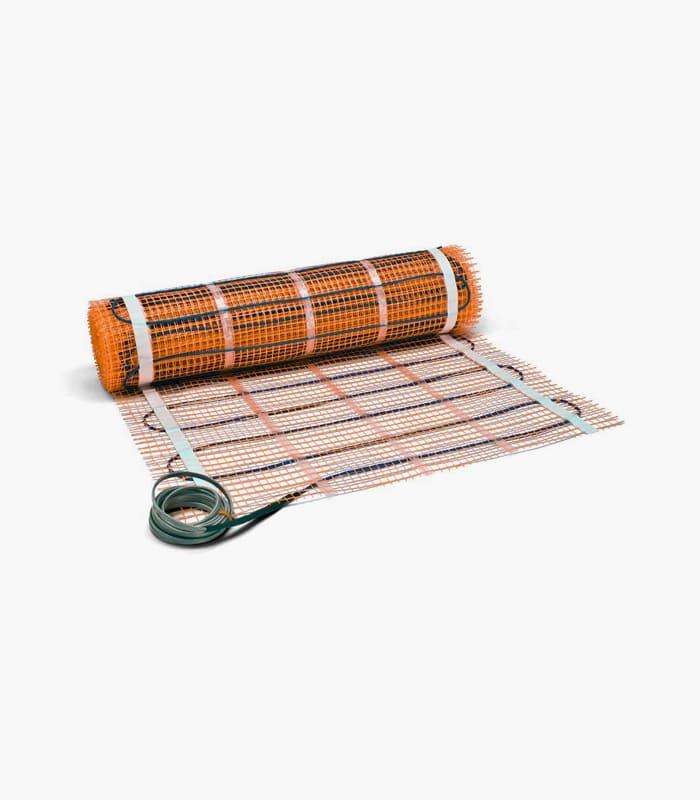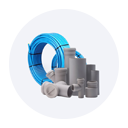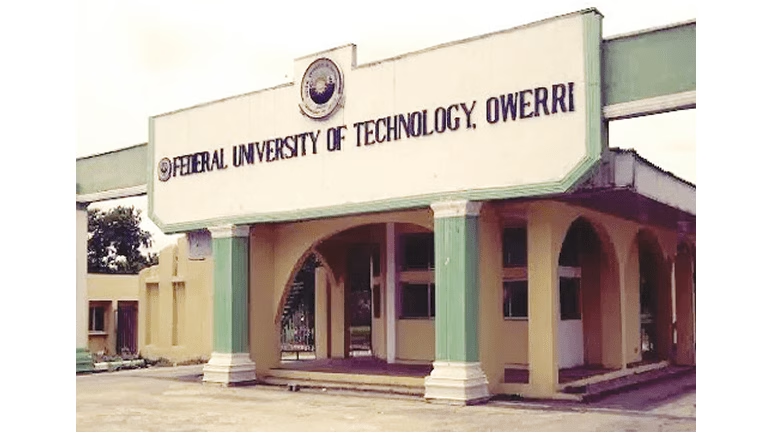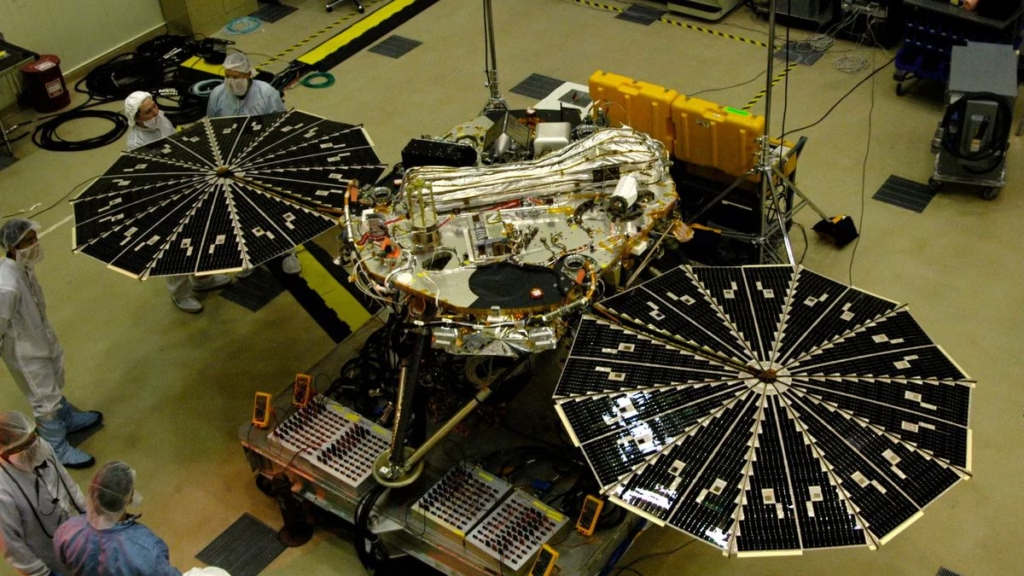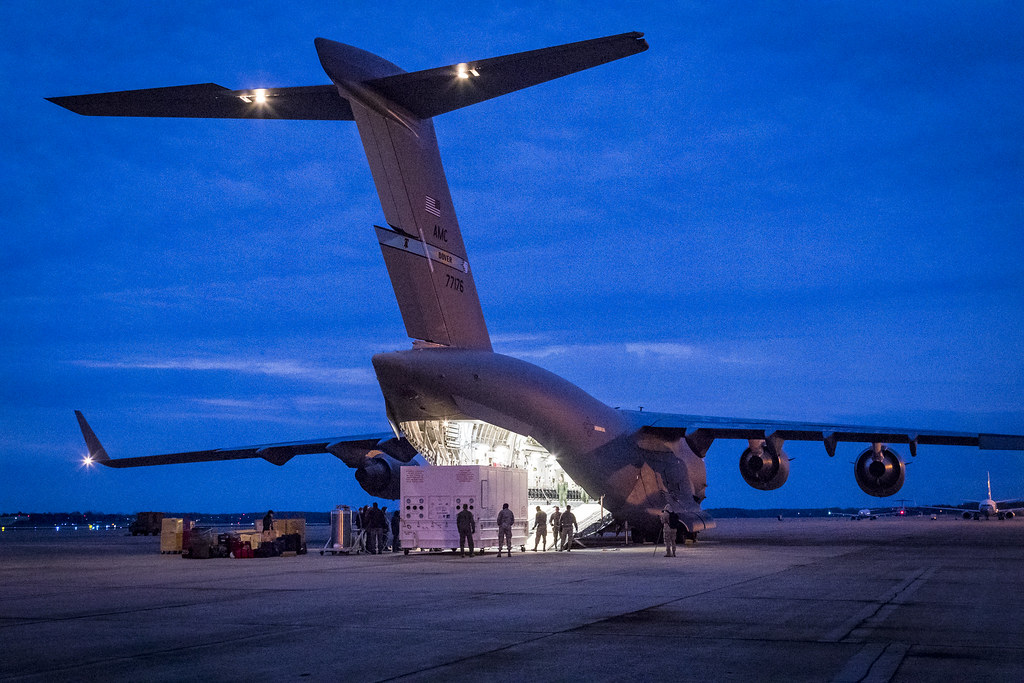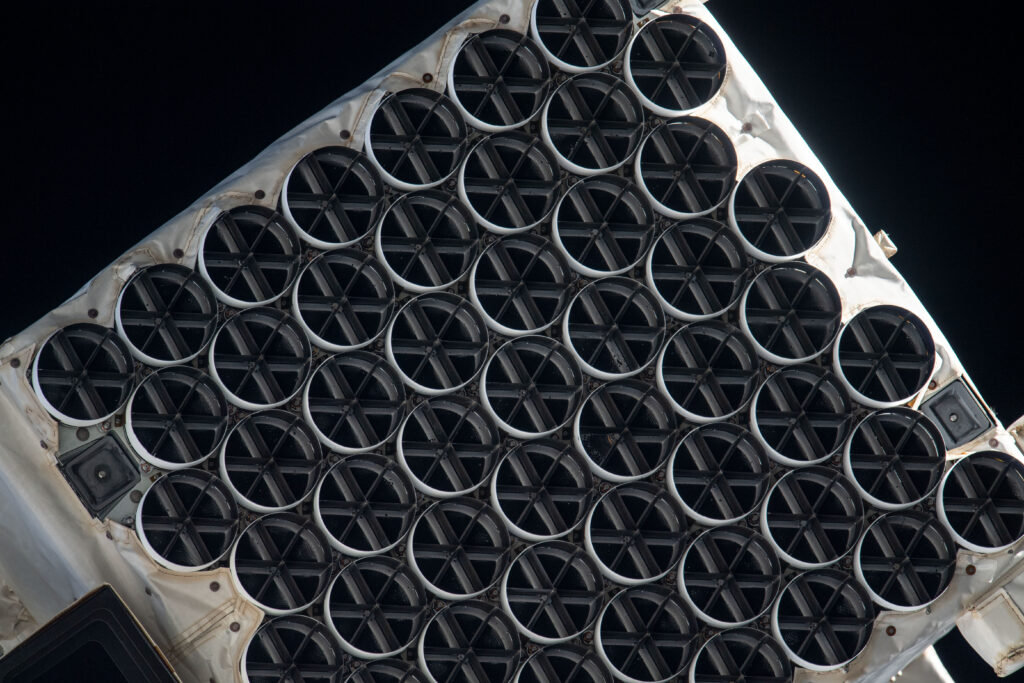Advancing Spacesuit Technology: NASA’s Thermal Vacuum Tests for Artemis III Moonwalks
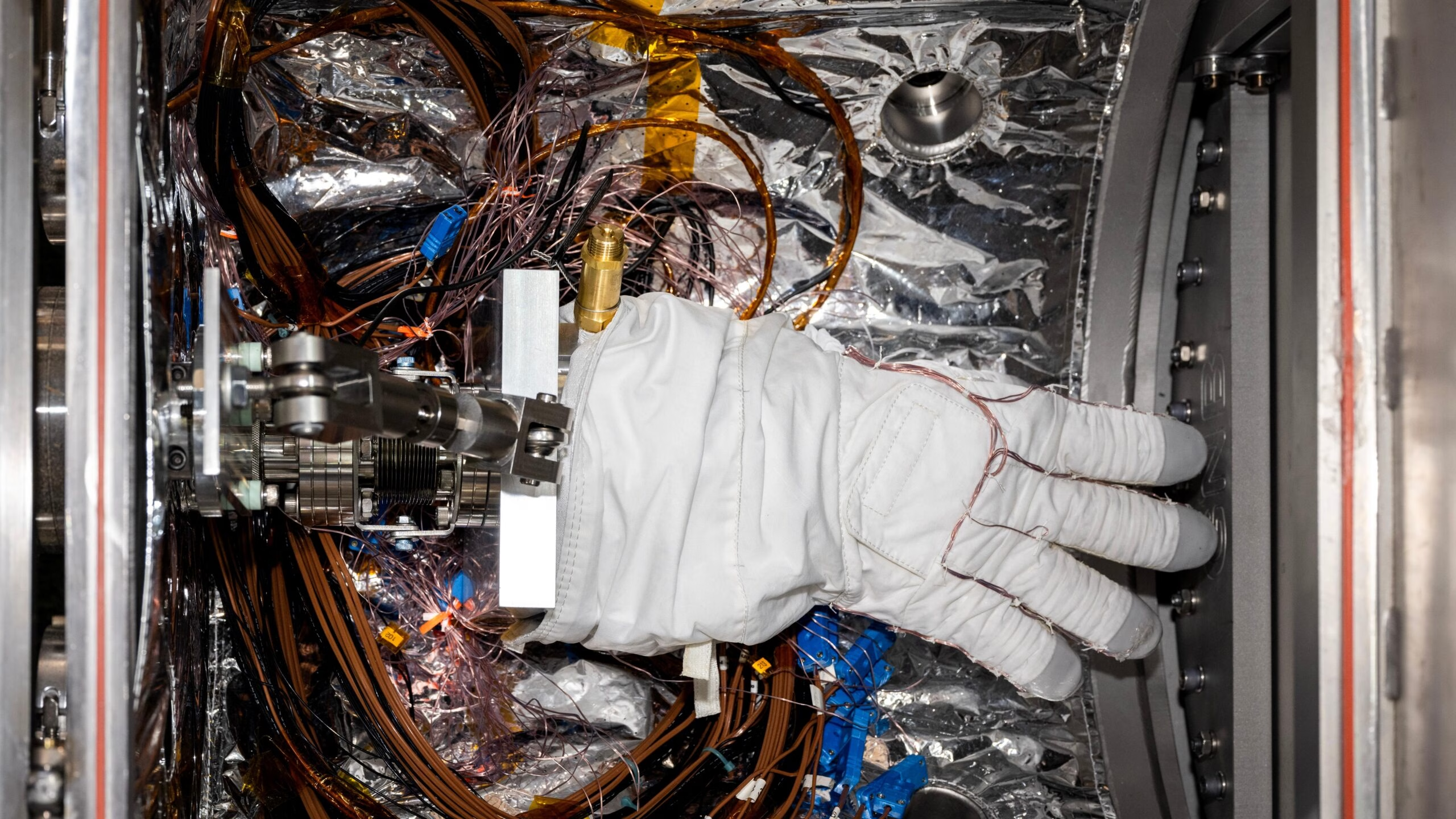
By Monika Luabeya
April 24, 2025
NASA continues to push the boundaries of human space exploration. They are refining the technology that will enable astronauts to safely operate in the harsh lunar environment. This is crucial for the upcoming Artemis III mission. Engineers recently conducted rigorous thermal vacuum testing on a spacesuit glove. This glove is an essential component of the Extravehicular Mobility Unit (EMU). The glove was tested in extreme conditions within CITADEL. This stands for Cryogenic Ice Testing, Acquisition Development, and Excavation Laboratory. It is a specialized chamber at NASA’s Jet Propulsion Laboratory (JPL) in Southern California.
Pushing the Limits: Testing in Lunar-Like Conditions
On November 1, 2023, NASA engineers placed the EMU glove in vacuum conditions. They exposed it to ultra-low temperatures of minus 352 degrees Fahrenheit (minus 213 degrees Celsius). These environmental extremes closely simulate the conditions astronauts will encounter while exploring the Moon’s South Pole. Lunar missions present unique challenges. Prolonged exposure to cryogenic temperatures, abrasive regolith, and varying thermal cycles affects the integrity of spacesuit materials. The Artemis III mission is set to return humans to the Moon’s surface for the first time in over five decades. It requires spacesuit technology that can withstand these extreme conditions.
Developing reliable protective gear is a collaborative endeavour. It involves experts from NASA JPL, NASA’s Johnson Space Center in Houston, and the NASA Engineering and Safety Center. The teams have worked together to analyze how current spacesuit components perform under simulated lunar conditions. They have also identified potential vulnerabilities in existing designs.
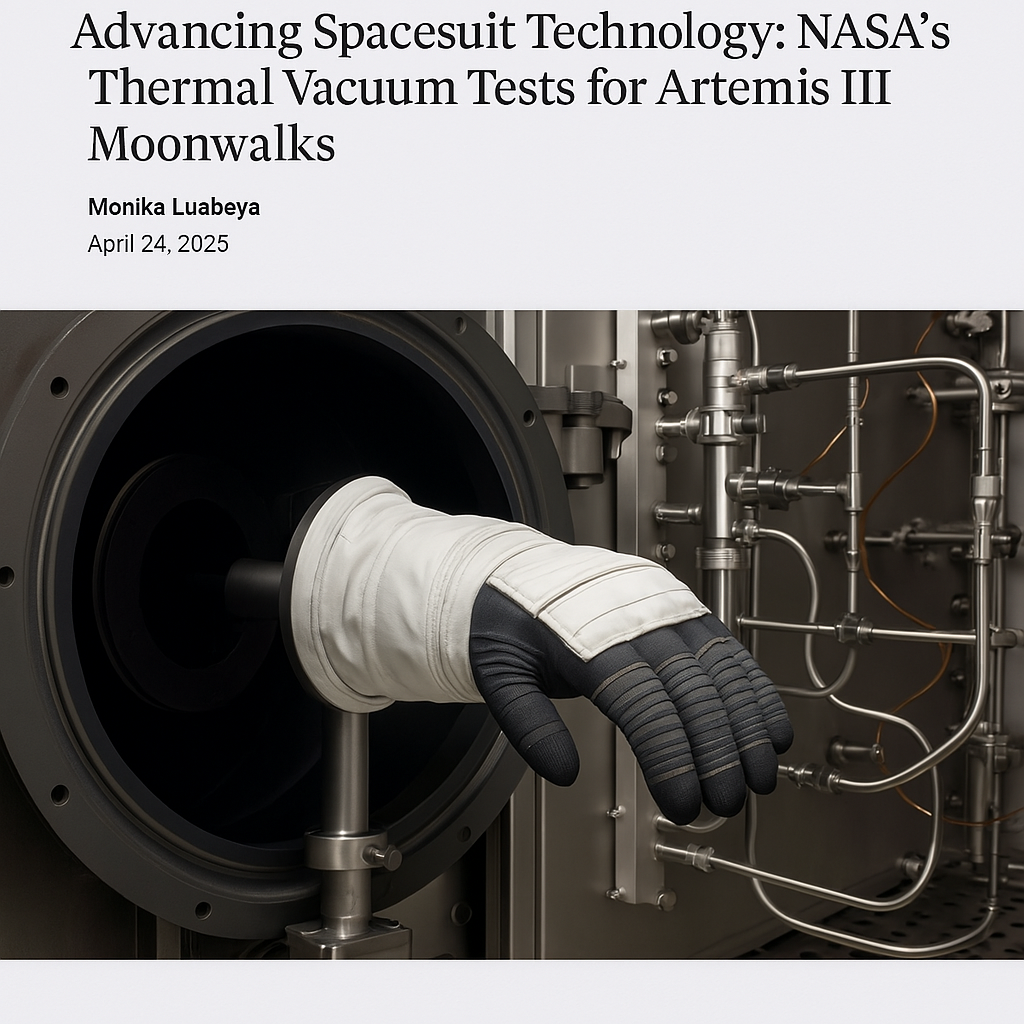
Beyond Gloves: Comprehensive Testing for Lunar Exploration
While the recent focus has been on glove durability, NASA’s testing extends beyond hand protection. Engineers are evaluating the performance of boots in extreme environments. They ensure astronauts have the proper footwear to navigate the Moon’s rugged terrain. Upcoming experiments will assess elbow joints, another crucial element for mobility during extravehicular activities.
NASA’s Artemis programme is built on the lessons learnt from previous space exploration efforts. The Apollo missions of the 1960s and 70s provided invaluable insight into the challenges of lunar surface operations. These missions highlighted the wear and tear of spacesuits caused by prolonged exposure to Moon dust. Modern advancements, including improved thermal insulation, reinforced material composites, and enhanced mobility features, aim to mitigate these risks and improve astronaut performance during moonwalks.
Preparing for the Next-Generation Lunar Suit
The insights gathered from these tests will inform the development of NASA’s next-generation lunar spacesuit, which is currently being engineered by Axiom Space. This new suit will be tailored for Artemis III astronauts, featuring updated materials and design enhancements that prioritise durability and ease of movement.
NASA’s stringent testing criteria ensure that every component meets rigorous safety and operational standards before deployment. The success of Artemis III hinges on the reliability of these suits, which will protect astronauts as they conduct scientific investigations, collect samples, and set the stage for future lunar exploration.
As NASA continues its mission to land humans back on the Moon and beyond, breakthroughs in spacesuit technology serve as a testament to humanity’s relentless pursuit of discovery. The ongoing refinement of astronaut gear ensures that the next generation of explorers will have the tools necessary to push the boundaries of scientific inquiry and pave the way for deeper space missions, including future journeys to Mars.
Image credit: NASA/JPL-Caltech
Discover more from Tamfis Nigeria Lmited
Subscribe to get the latest posts sent to your email.



 Hot Deals
Hot Deals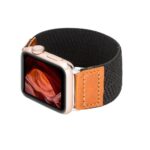 Shopfinish
Shopfinish Shop
Shop Appliances
Appliances Babies & Kids
Babies & Kids Best Selling
Best Selling Books
Books Consumer Electronics
Consumer Electronics Furniture
Furniture Home & Kitchen
Home & Kitchen Jewelry
Jewelry Luxury & Beauty
Luxury & Beauty Shoes
Shoes Training & Certifications
Training & Certifications Wears & Clothings
Wears & Clothings
